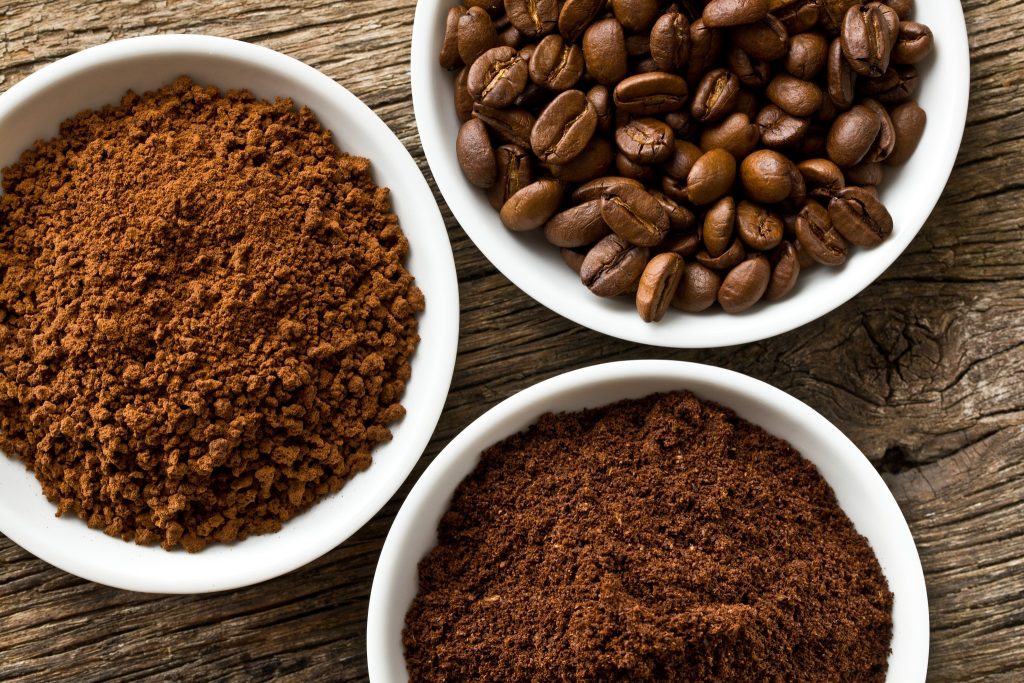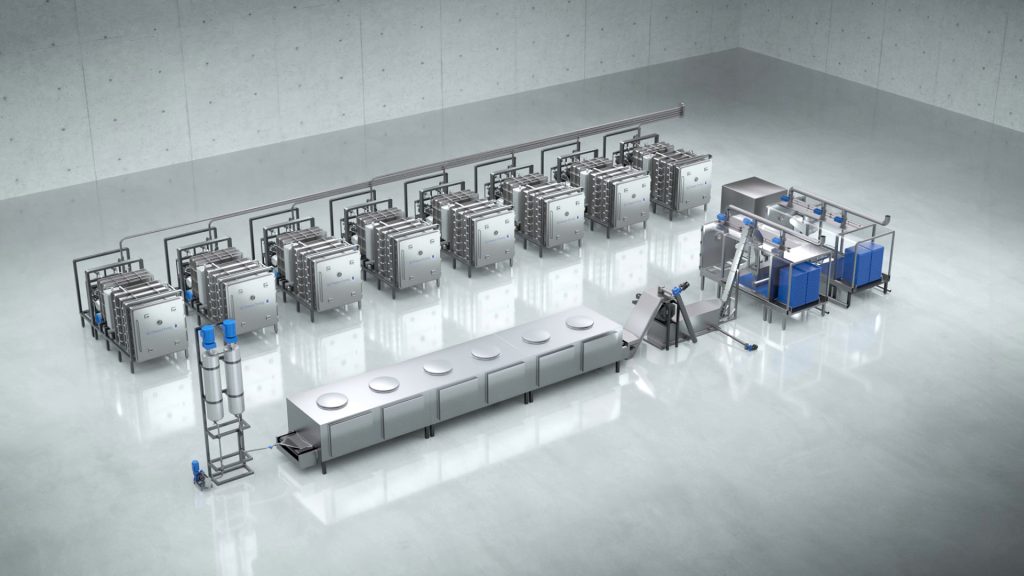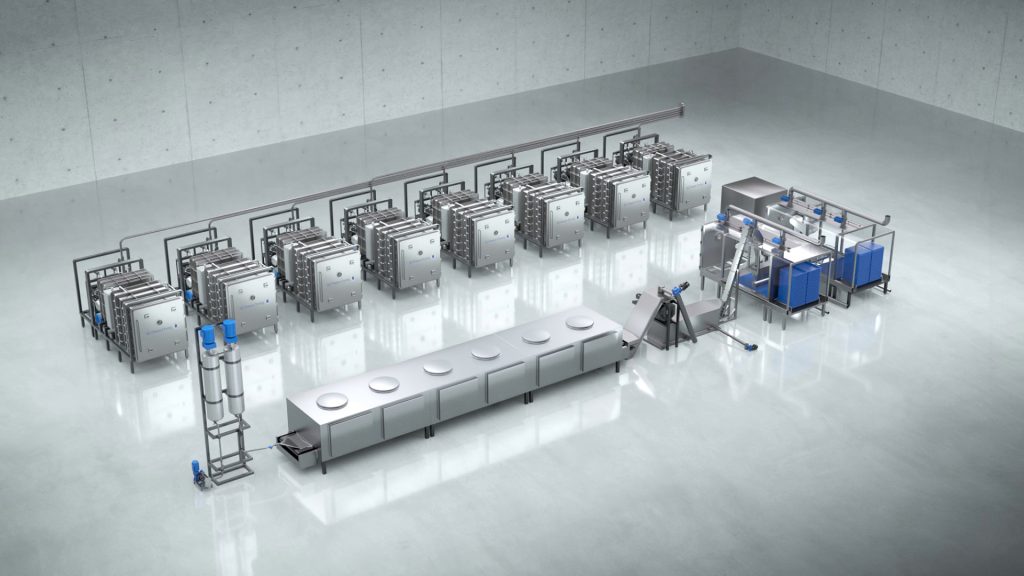Freeze-drying is a cutting-edge technology that is increasingly applied in various industries, including coffee production. This advanced method is crucial for preserving and enhancing coffee’s quality while maintaining its natural flavor and nutritional value. This article will delve into freeze-drying technology, its process, benefits, and its significant impact on the coffee industry.

What is Freeze-Drying Technology?
1. Concept

Freeze-drying, also known as lyophilization, is a sophisticated process that removes water from a product by first freezing it and then reducing the pressure, allowing the ice to transition directly from a solid to a gas. This method is widely utilized in food, pharmaceutical, and coffee industries to extend shelf life while preserving the product’s flavor and quality. Unlike conventional drying methods, freeze-drying maintains the original taste and nutritional content of the coffee, making it an invaluable technique for high-quality coffee production.
2. The Freeze-Drying Process
The freeze-drying process consists of three primary stages: freezing, sublimation, and secondary drying.

- Freezing: In this initial stage, the coffee product is rapidly cooled to very low temperatures, causing the water inside to solidify into ice. This step is crucial for ensuring that the structural integrity of the coffee is maintained.
- Sublimation: During this stage, the pressure in the drying chamber is significantly reduced. The temperature is gradually increased, allowing the ice to transition directly from a solid to a gas without becoming liquid. This phase is where the majority of the water is removed from the coffee.
- Secondary Drying: The final stage involves gently warming the product to remove any remaining water molecules. This ensures that the coffee is thoroughly dried and ready for packaging without compromising its quality.
Benefits of Freeze-Drying Technology
1. Preserving Flavor and Quality

One of the primary benefits of freeze-drying is its ability to preserve the natural flavor and aroma of coffee. By retaining the aromatic compounds and essential oils present in the coffee beans, freeze-drying ensures that the coffee tastes as fresh as if it were just roasted and ground. This method minimizes flavor loss and is ideal for producing high-quality coffee products that meet consumer expectations.
2. Retaining Nutritional Value

Freeze-drying is also effective at retaining the nutritional content of coffee, including antioxidants and caffeine. These nutrients are crucial for their health benefits, such as combating oxidative stress and supporting overall well-being. By preserving these elements, freeze-dried coffee provides consumers with not only a delightful taste but also valuable health benefits.
3. Extending Shelf Life
Another significant advantage of freeze
drying is its ability to extend the shelf life of coffee products. Freeze-dried coffee can be stored for long periods without spoiling or losing flavor, which is particularly beneficial for shipping and storage, especially in humid and warm climates. This extended shelf life reduces waste and ensures that consumers have access to fresh-tasting coffee even after extended periods.
4. Space Efficiency
Freeze-drying also offers space-saving benefits. Once freeze-dried, coffee products become compact and lightweight, making them easier to package and transport. This reduction in volume optimizes storage space and reduces logistics costs. For international shipping and retail distribution, this efficiency is particularly advantageous.
Applications of Freeze-Drying Technology in Coffee Production
1. Premium Instant Coffee
This process creates high-quality instant coffee that retains the full flavor and aroma of freshly brewed coffee. Premium instant coffee is especially popular in developed markets, where consumers demand high-quality products with convenience. The freeze-drying process ensures that these products meet the highest standards of flavor and quality.
2. Specialty Coffee

3. Coffee Products for Travel andacilitates
Instant coffee is the creation of portable and compact coffee products, making them ideal for travel and tourism. These products are convenient for travelers and can be easily carried and enjoyed on the go. They are also popular as souvenirs or travel essentials, providing an excellent option for tourists looking to bring a taste of their travels home.
Challenges and Future Outlook
1. High Costs
One of the main challenges associated with freeze-drying technology is the high initial investment required. The equipment for freeze-drying and the associated operational costs can be substantial. This can increase the price of the final coffee product, potentially affecting its competitiveness in the market. The high cost of freeze-drying equipment and energy consumption are significant considerations for producers.
2. Future Development
Despite the challenges, the future of this technology looks promising. Advances in technology and the growing demand for high-quality coffee products are driving the development of more cost-effective freeze-drying solutions. Continuous research and technological improvements are expected to reduce costs and enhance production efficiency. As technology evolves, it will likely become more accessible and affordable for a broader range of coffee producers.
Conclusion
Freeze-drying technology offers numerous advantages for the coffee industry, including preserving flavor and quality, retaining nutritional value, extending shelf life, and optimizing space. Although the technology comes with high costs, its benefits make it a valuable tool in the production of premium coffee products. As technology continues to advance and consumer demand for high-quality coffee grows, freeze-drying will play an essential role in delivering fresh, flavorful coffee to consumers worldwide.
For further insights on coffee production and innovative technologies, explore our blog and subscribe to our newsletter for the latest updates and trends in the coffee industry.
